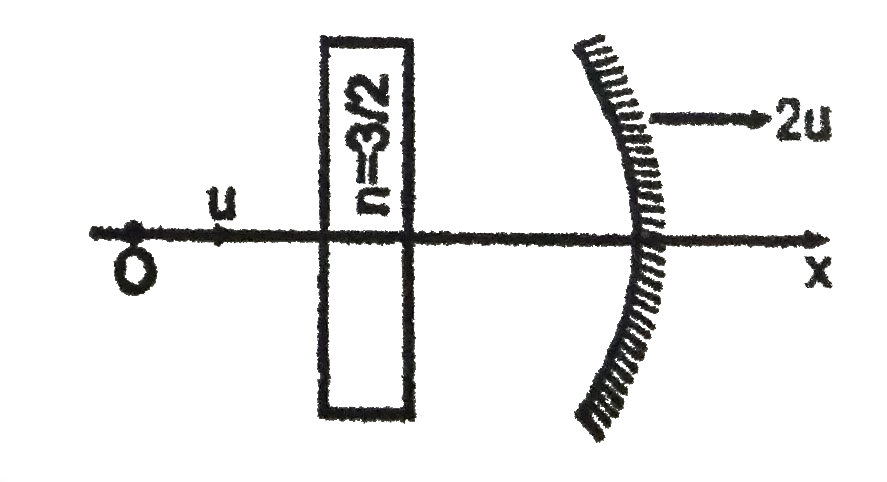In hypermetropia, the image is formed
Before retina and is corrected by convex lens
Behind retina and is corrected by convex lens
Before retina and is corrected by concave lens .
Behind retina and is corrected by concave lens.
The correct Answer is:B
Step-by-Step Solution:
1. Understanding Hypermetropia:
- Hypermetropia, also known as farsightedness or longsightedness, is a common vision condition where distant objects may be seen more clearly than nearby objects. This is due to the eye's inability to focus light correctly on the retina.
2. Image Formation:
- In hypermetropia, the light rays entering the eye are focused behind the retina instead of directly on it. This results in a blurred image of nearby objects, making it difficult for individuals to see them clearly.
3. Accommodation Power:
- The accommodation power of the eye's lens decreases in hypermetropia. This means that the lens cannot change shape sufficiently to focus on close objects, which is why nearby objects appear blurry.
4. Symptoms:
- Individuals with hypermetropia often squint to try to see nearby objects more clearly. This squinting is an attempt to reduce the blur caused by the improper focusing of light.
5. Correction Methods:
- Hypermetropia can be corrected using a convex lens. The convex lens helps to converge the light rays before they enter the eye, allowing the image to be focused directly on the retina instead of behind it.
6. Conclusion:
- Therefore, in hypermetropia, the image is formed behind the retina, and it can be corrected using a convex lens.
Final Answer:
In hypermetropia, the image is formed behind the retina.
---
- Hypermetropia, also known as farsightedness or longsightedness, is a common vision condition where distant objects may be seen more clearly than nearby objects. This is due to the eye's inability to focus light correctly on the retina.
- In hypermetropia, the light rays entering the eye are focused behind the retina instead of directly on it. This results in a blurred image of nearby objects, making it difficult for individuals to see them clearly.
- The accommodation power of the eye's lens decreases in hypermetropia. This means that the lens cannot change shape sufficiently to focus on close objects, which is why nearby objects appear blurry.
- Individuals with hypermetropia often squint to try to see nearby objects more clearly. This squinting is an attempt to reduce the blur caused by the improper focusing of light.
- Hypermetropia can be corrected using a convex lens. The convex lens helps to converge the light rays before they enter the eye, allowing the image to be focused directly on the retina instead of behind it.
- Therefore, in hypermetropia, the image is formed behind the retina, and it can be corrected using a convex lens.
In hypermetropia, the image is formed behind the retina.
Topper's Solved these Questions
Similar Questions
If a person sees a blurred image of a nearer object due to hypermetropia, the image of the object is formed
View SolutionThe hypermetropia is a
View SolutionAssertion:Image formed by concave lens is not always virtual.
Reason:Image formed by a lens is real if the image is formed in the direction of ray of light with respect to the lens.
View SolutionHypermetropia (long sight) is a condition in human eye in which the image is formed
View SolutionIn a vision disorder associated with old age , the image is formed
View SolutionIn Gallilean telescope, the final image formed is
View SolutionWhat is far-sightedness or hypermatropia? What cause hypermetropia How this defect is corrected ?
View SolutionAn object is kept at a distance of 16cm from a thin lens and the image formed is real. If the object is kept at a distance of 6cm from the lens, the image formed is virtual. If the sizes of the images formed are equal, the focal length of the lens will be
View SolutionWhen an object is placed 40cm from a diverging lens, its virtual image is formed 20cm from the lens. The focal length and power of lens are
View SolutionFor the system as shown in the figure, the image formed by the concave mirror

View Solution
